One of the World’s Largest Ice and Snow Carnivals Is Underway in China
The 31st Harbin International Ice and Snow Festival runs through February 25
Located in China's northeast corner, Harbin might be considered the country's unofficial capital of winter—throughout January, temperatures can dip as low as -36 degrees Fahrenheit. Its chilly temperatures and long, harsh winters filled with snow have earned it the nickname Ice City, but Harbin is far from dark and dead (even in the coldest winter months), thanks to the dazzling International Ice and Snow Festival held in the city each year. A multi-million dollar production encompassing 8 million square feet of the city, the festival turns 31 this year and is expected to draw over one million visitors during its nearly two-month long run, from January 5 through February 25. It's one of the four largest ice and snow festivals in the world, alongside celebrations held in Sapporo, Norway and Quebec (though Harbin bills itself as the single largest ice festival in the world).
Each year, thousands of workers spend December preparing for the festival by cutting blocks of ice two to three feet thick from the Songhua River, which runs through Harbin. At last year's festival, 7,000 artists and sculptors worked to turn 1,937,500 square feet of ice and 1,614,590 square feet of snow into massive structures, including a replica of Rome's Colosseum made completely of ice, which has been a repeating favorite. This year, the festival's main attractions will be a 160-foot "fairy tower" made of ice and steel, a full-sized steam train made of ice and a massive ice castle. In addition to the more than 2,000 LED-illuminated ice sculptures, visitors can choose from over 20 snow and ice-related activities (like a nearly 1,000-foot-long ice slide), or join one of the festival's nightly outdoor dance parties.
The festival has roots in a centuries-old tradition of making ice lanterns out of frozen blocks cut from the Songhua River. Back in the Qing dynasty, peasants and fisherman would place candles inside of chunks of ice and turn them into makeshift lanterns. Harbin held its first ice lantern festival in 1963, and other ice-related festivals began popping up around the city after that, though unrest during the Cultural Revolution temporarily halted the festival. The Harbin Ice Festival began in earnest in 1985, merging with the Heilongjiang International Ski Festival in 2001 to become the internationally famous event it is today.
/https://tf-cmsv2-smithsonianmag-media.s3.amazonaws.com/accounts/headshot/natasha-geiling-240.jpg)

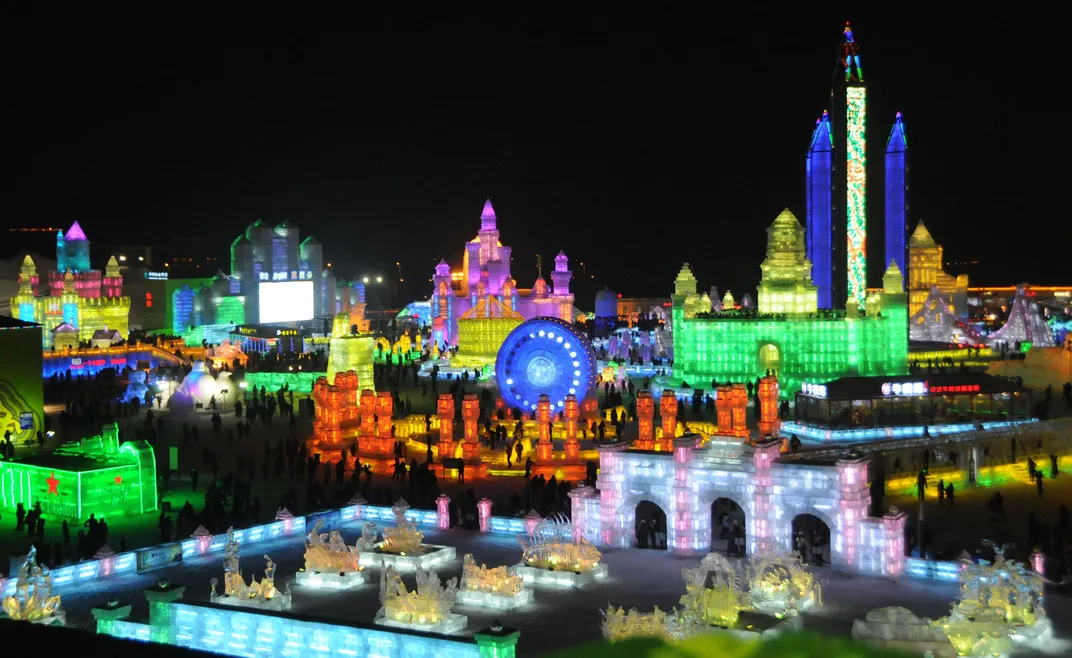
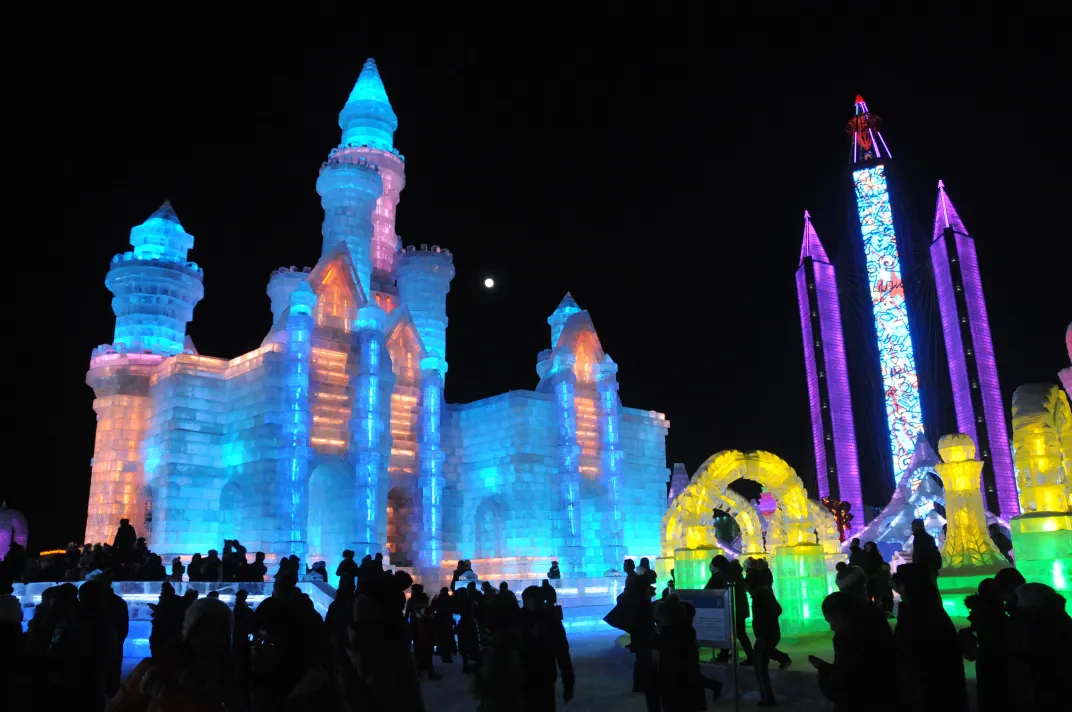
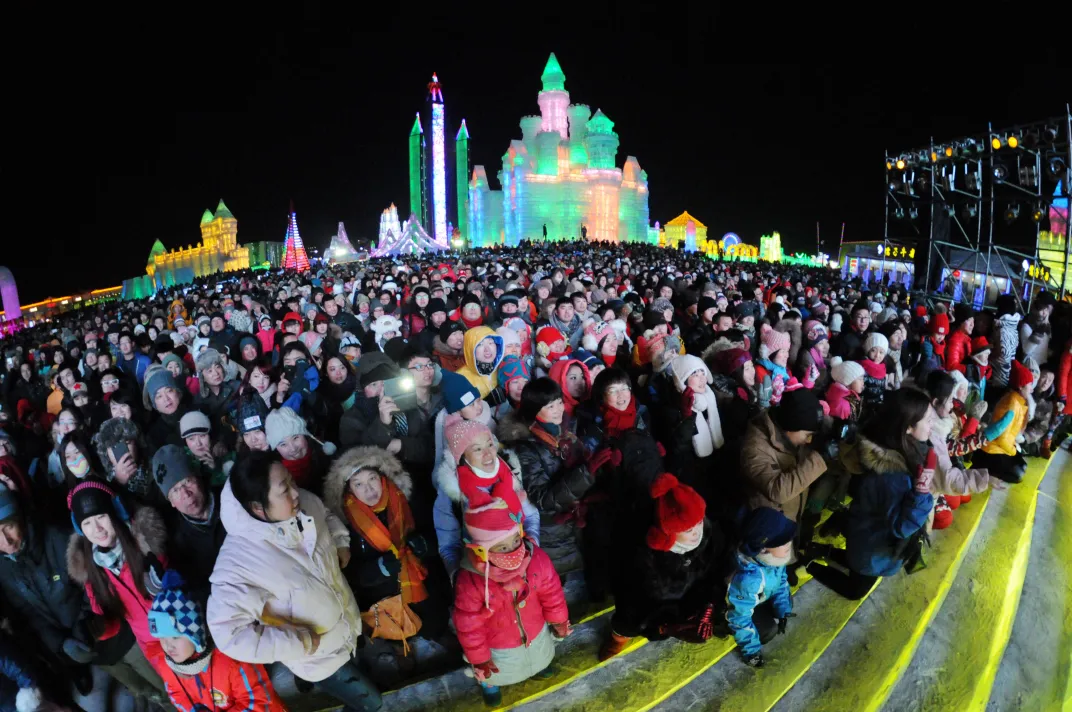
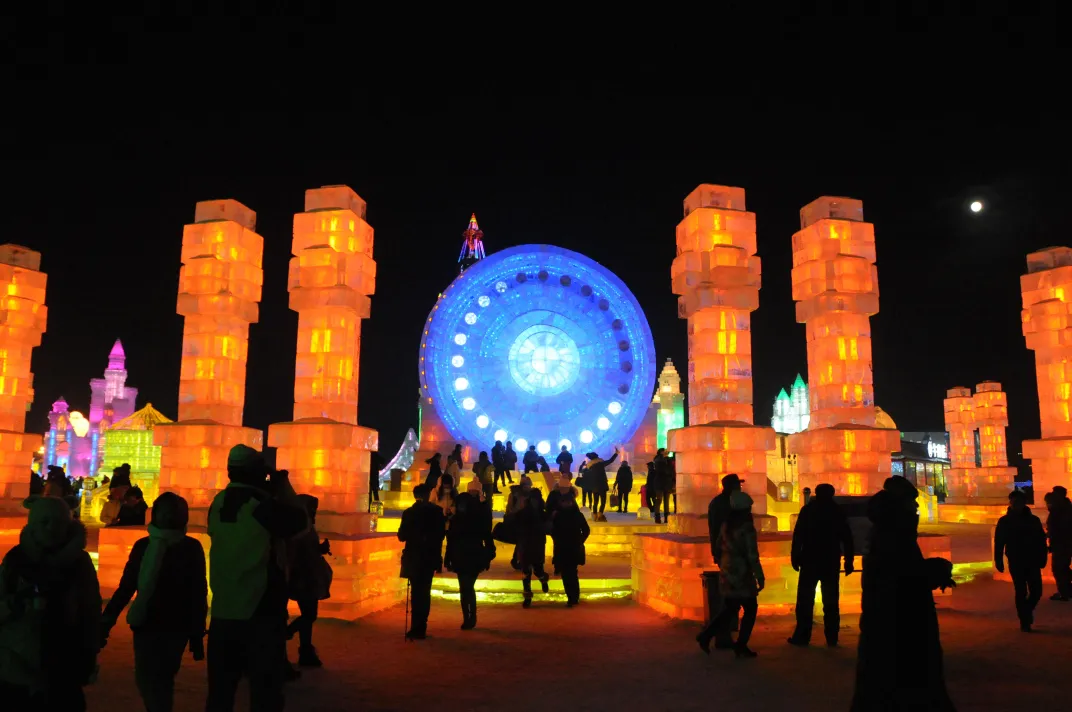
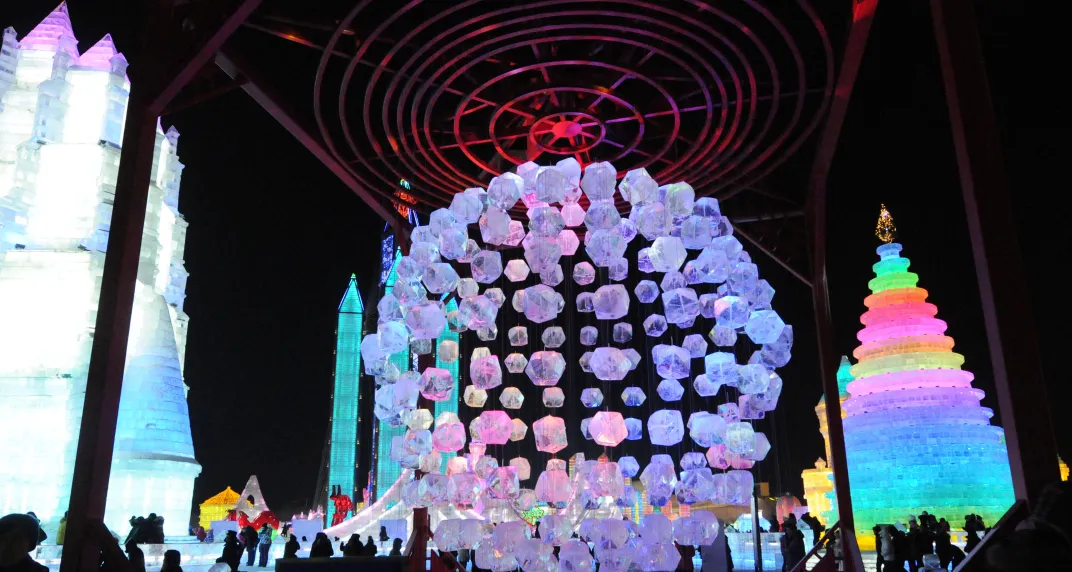
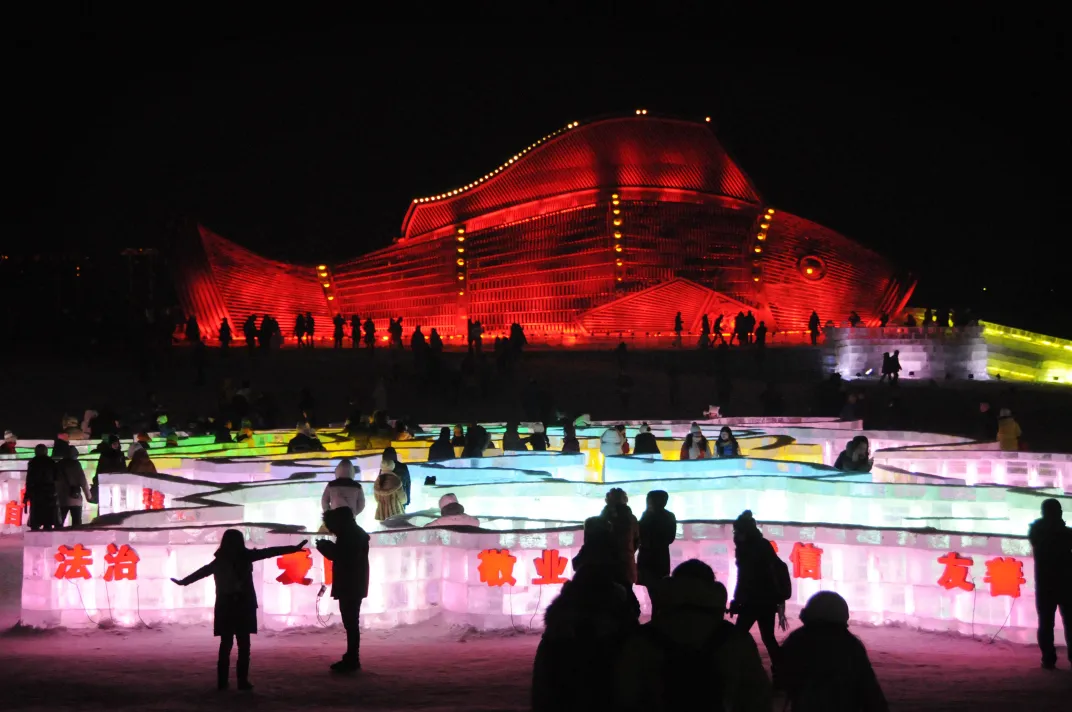

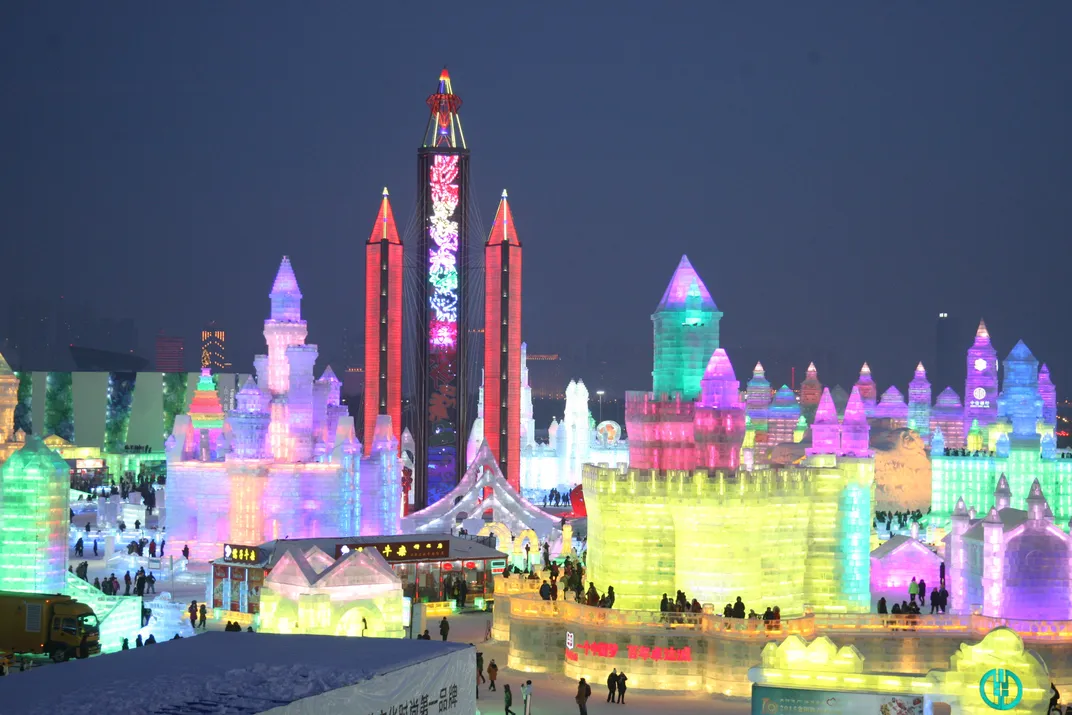
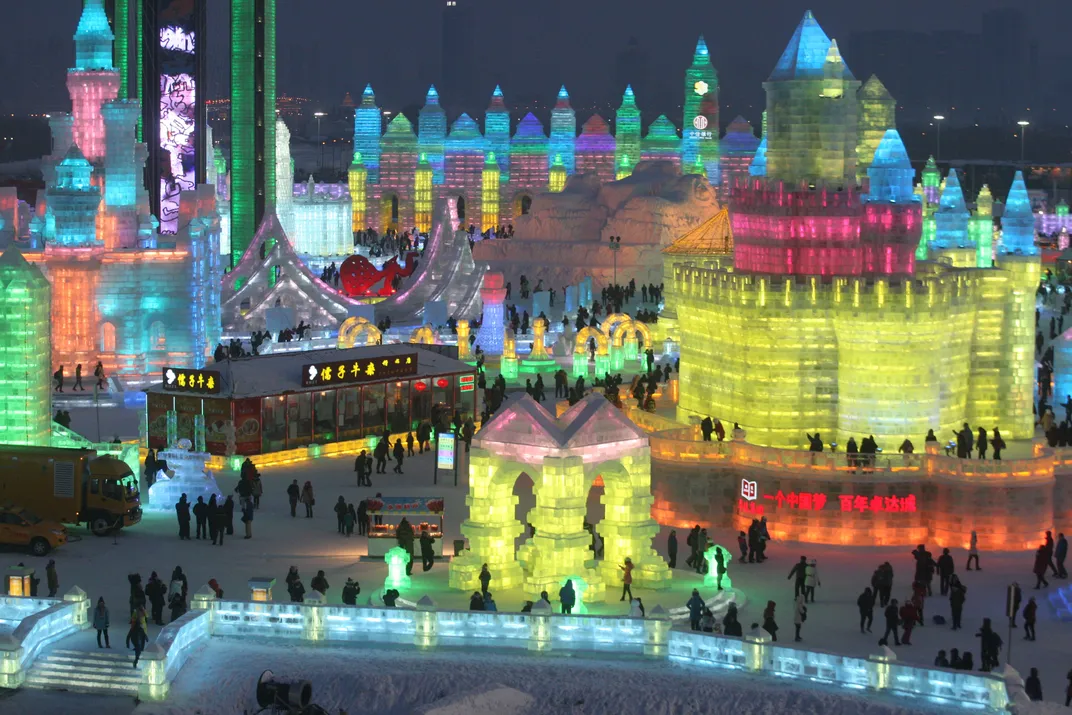
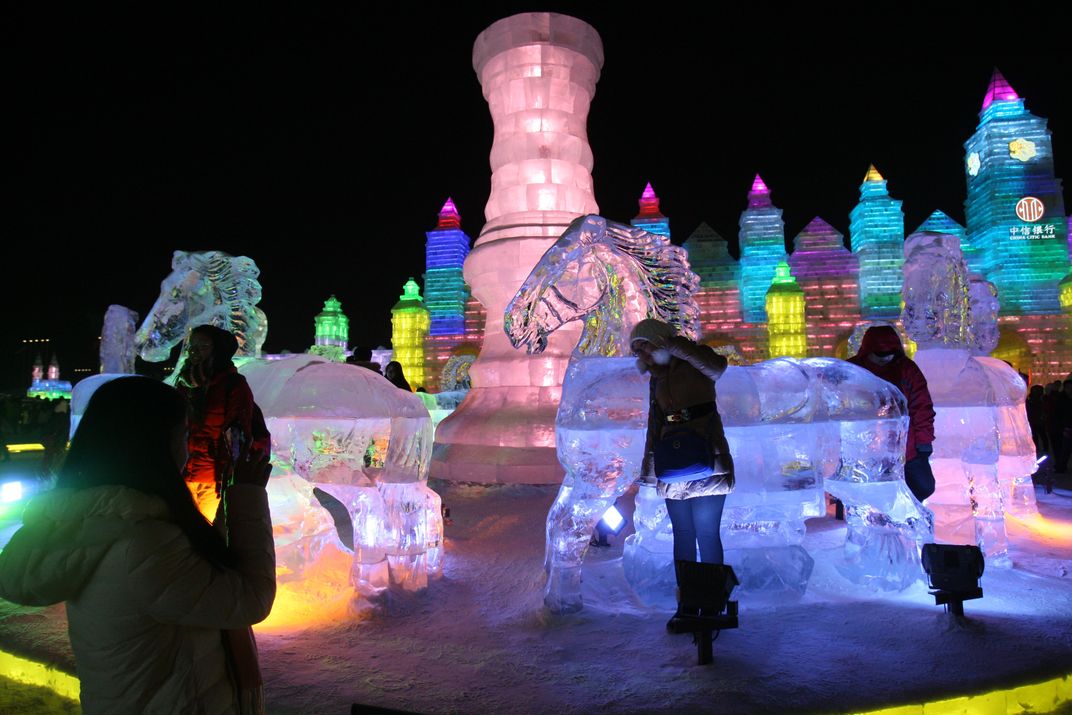
/https://tf-cmsv2-smithsonianmag-media.s3.amazonaws.com/accounts/headshot/natasha-geiling-240.jpg)